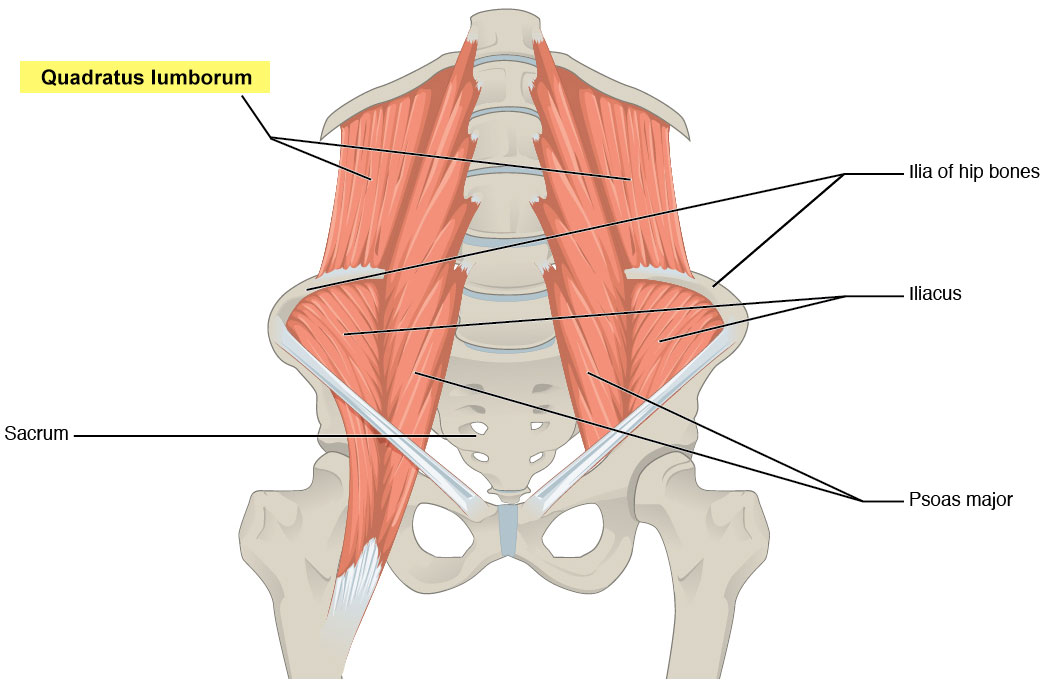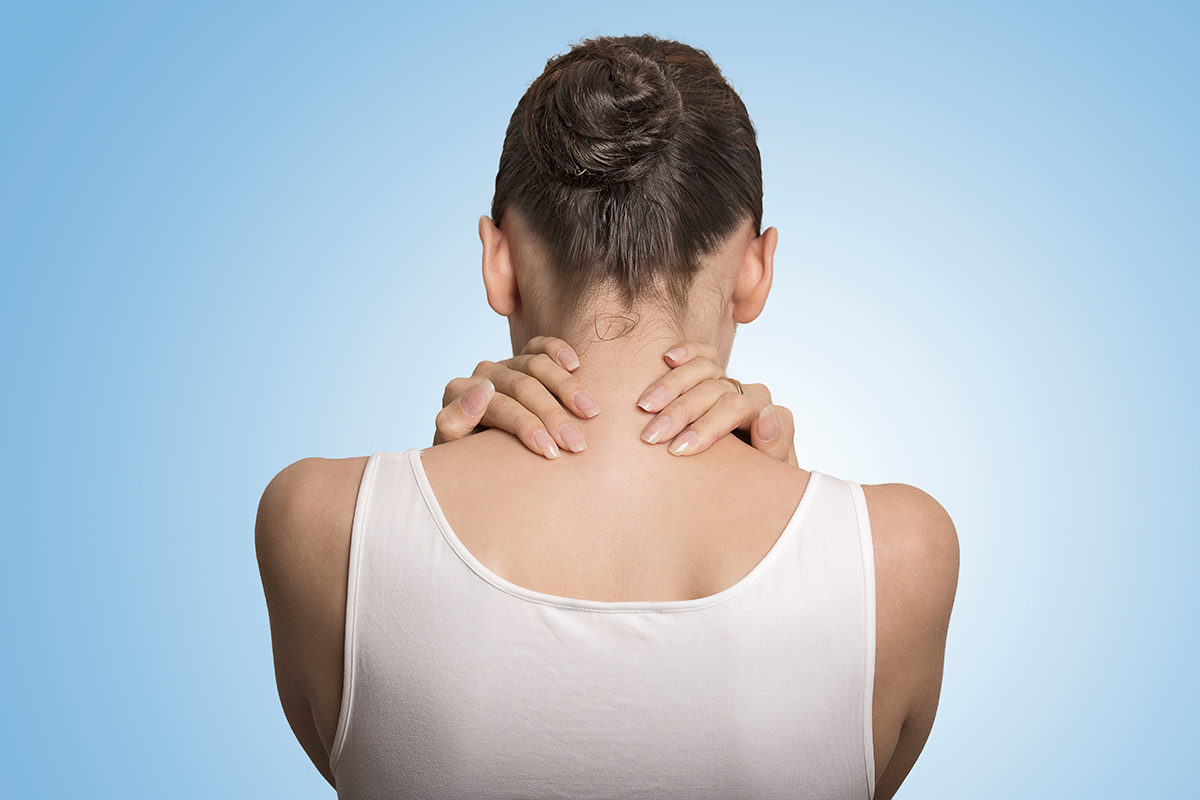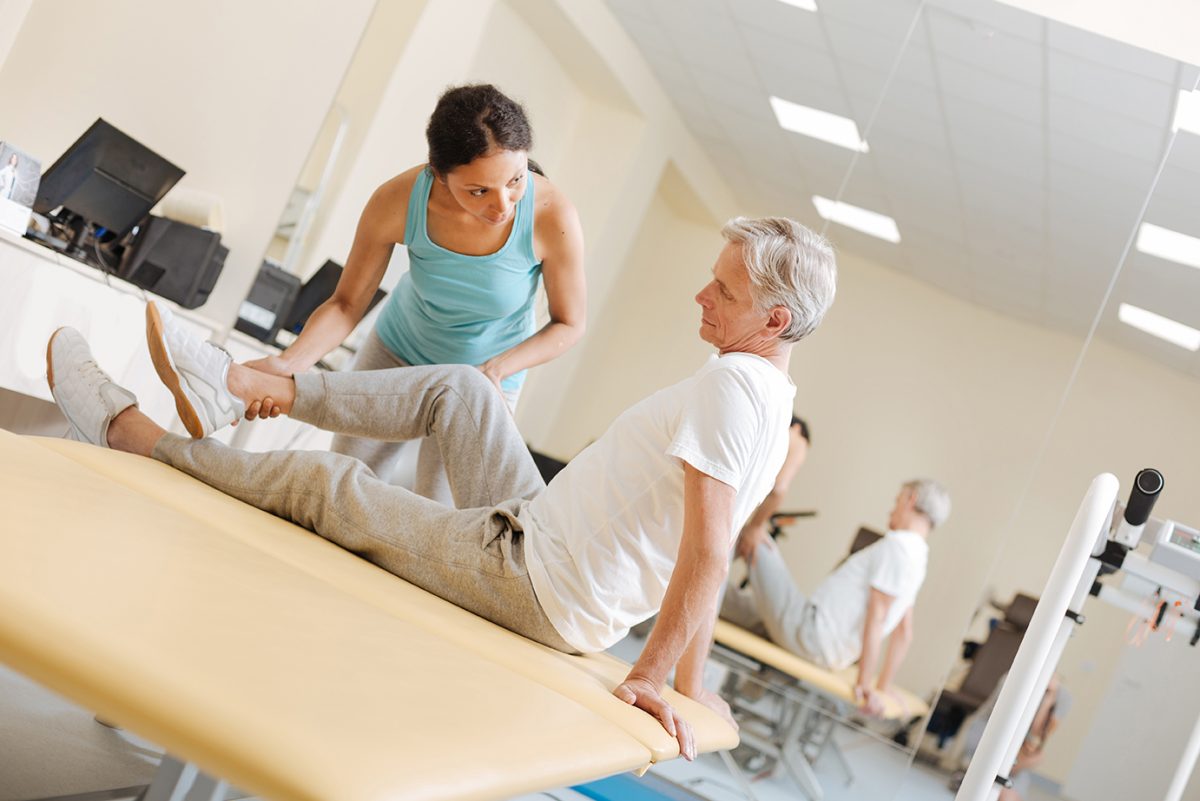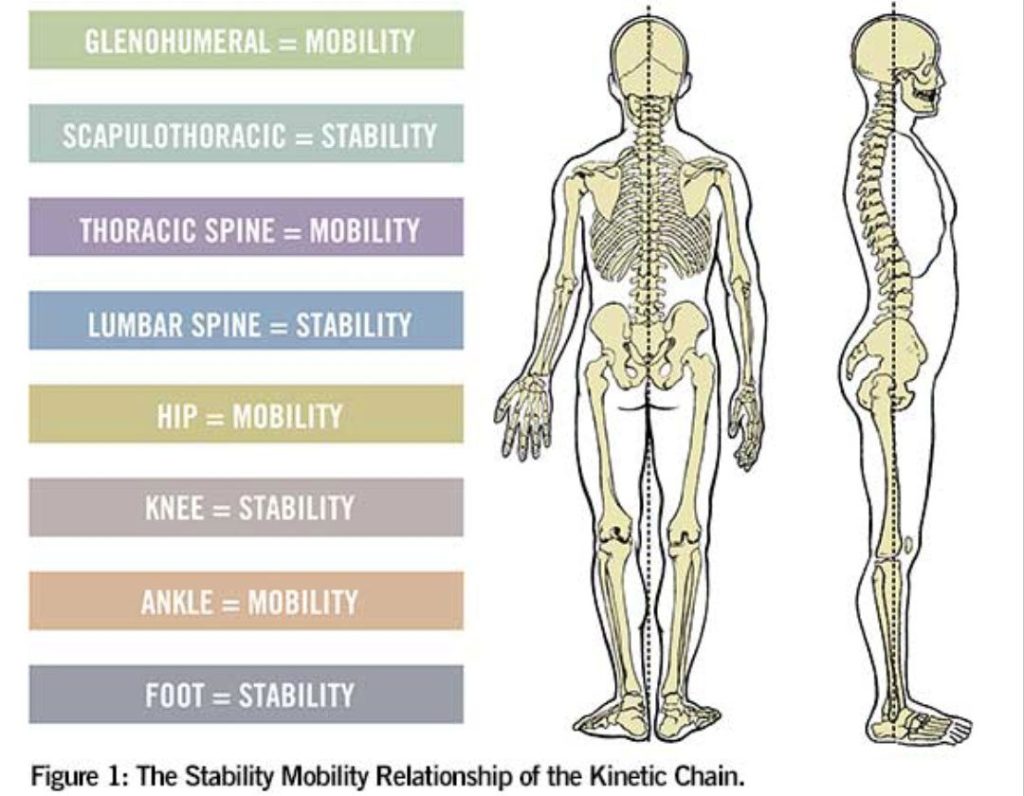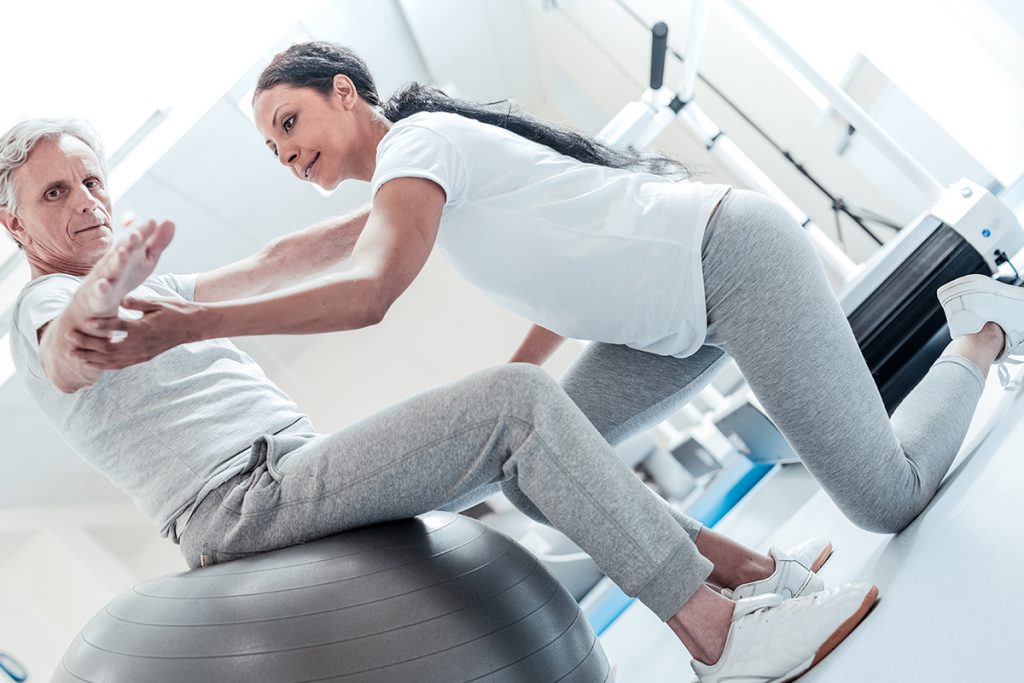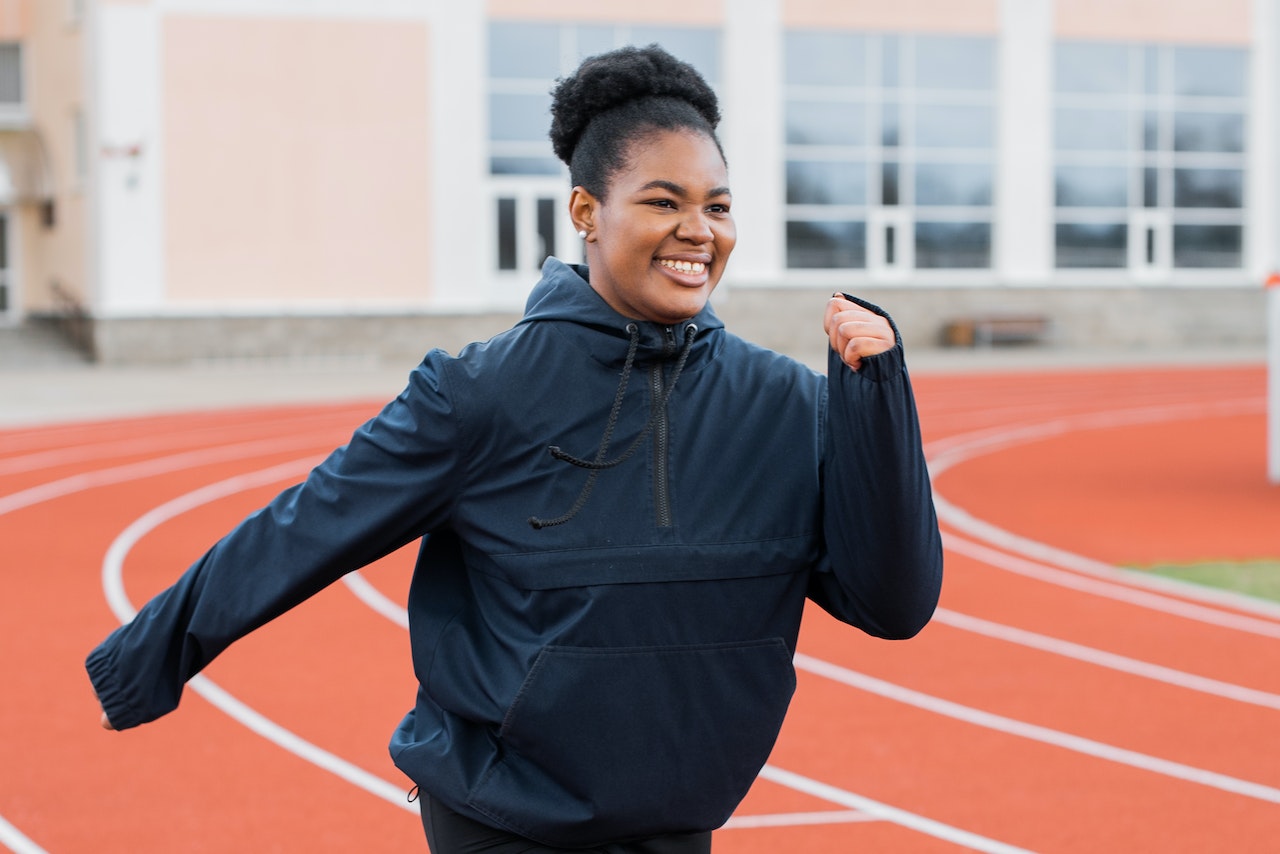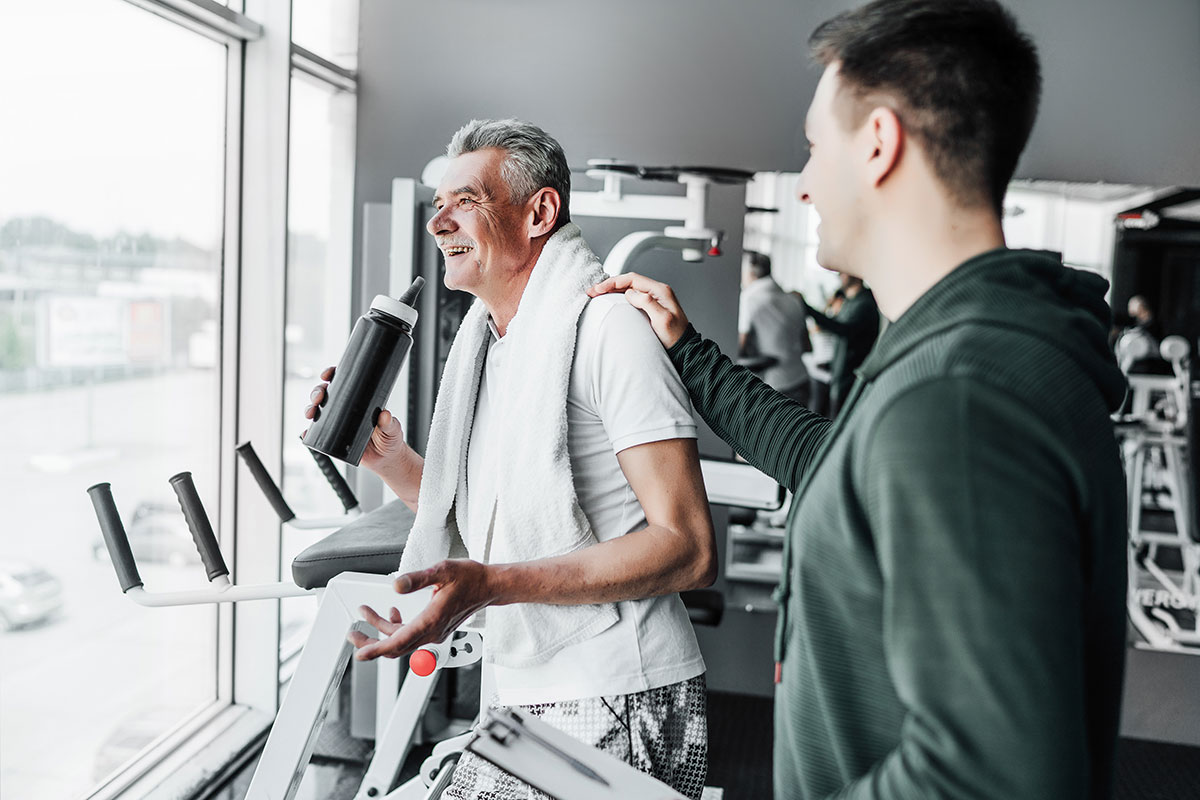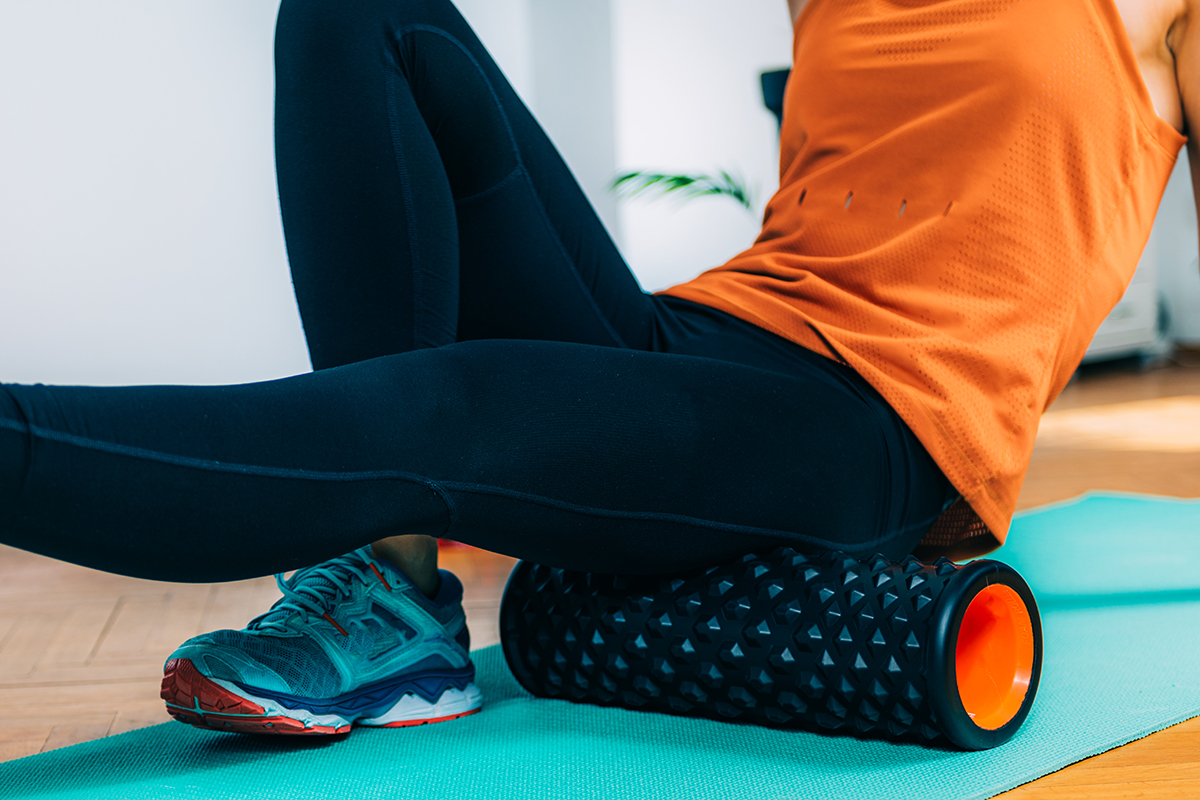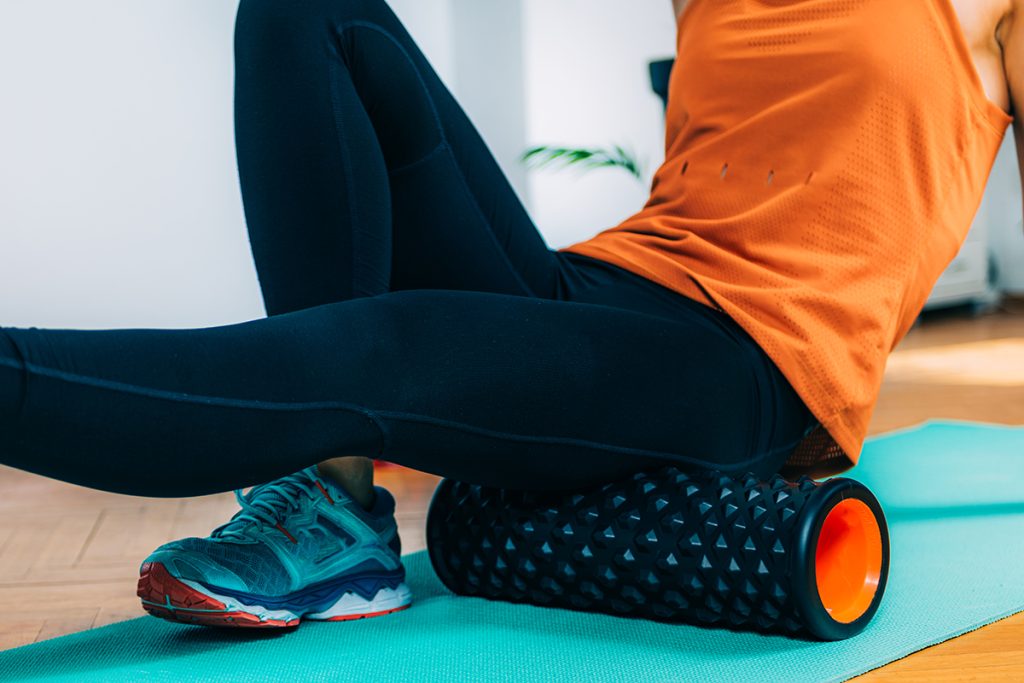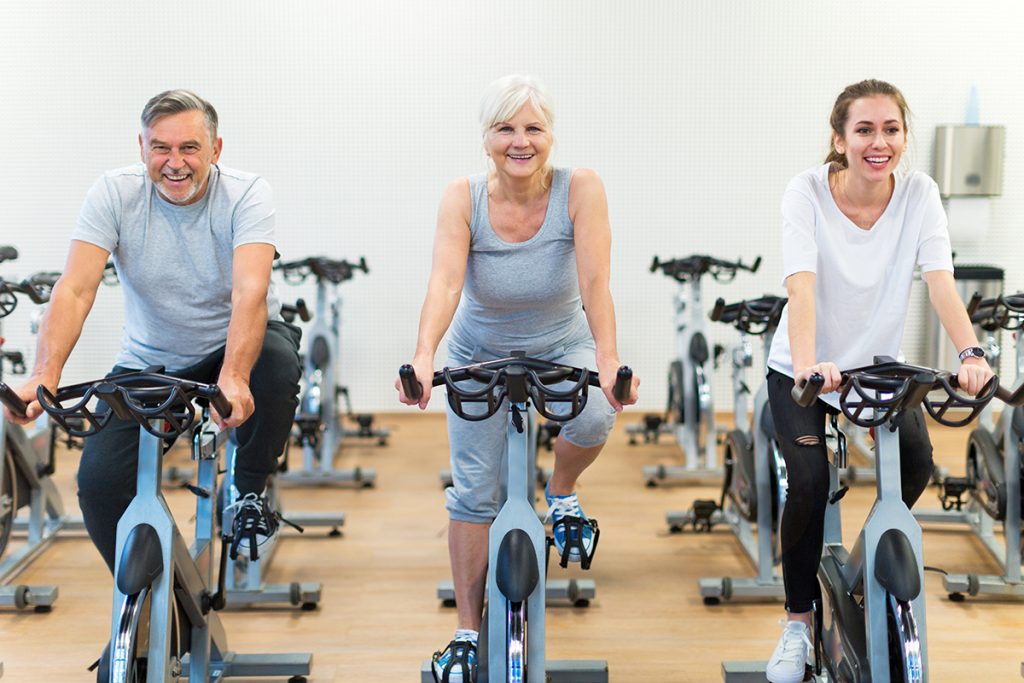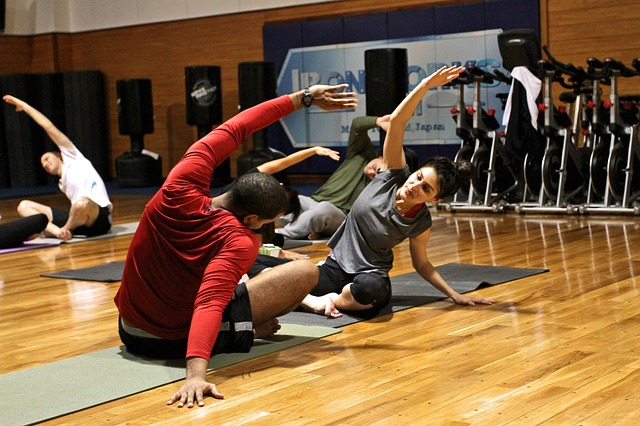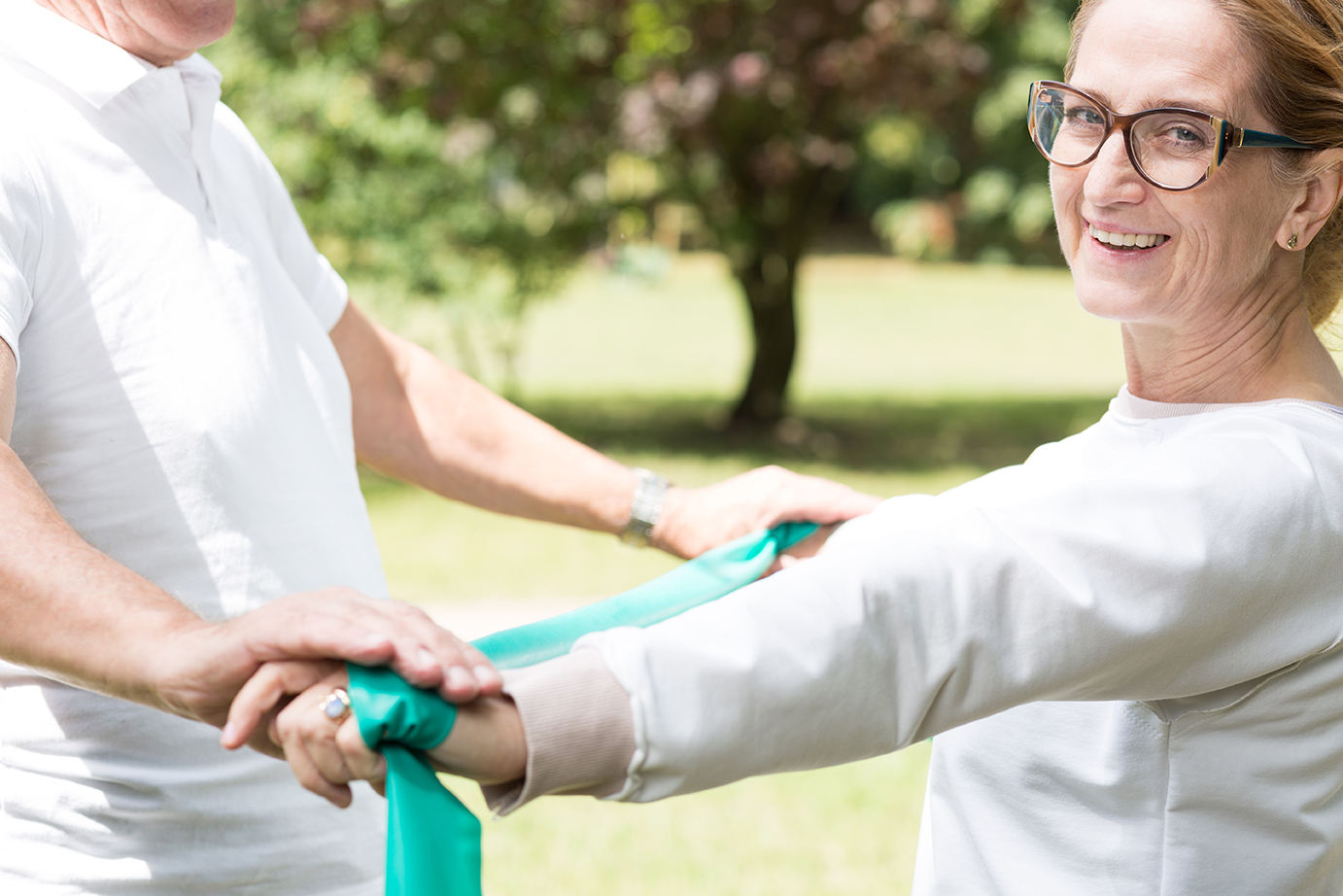The QL: The Forgotten Core Muscle
When one thinks of their core, I doubt the quadratus lumborum (QL) comes to mind. The average person in the gym is not walking around saying: “I’m going to work hard on my QL today!” Despite that the fact that most don’t work on it or may never have heard of it, the QL is an important muscle and should be included in a person’s fitness programming.

